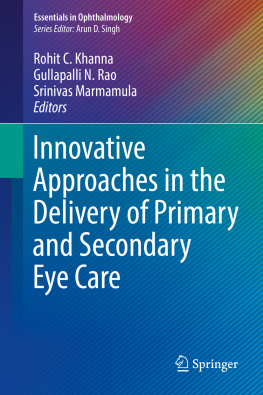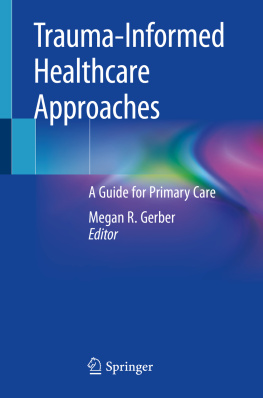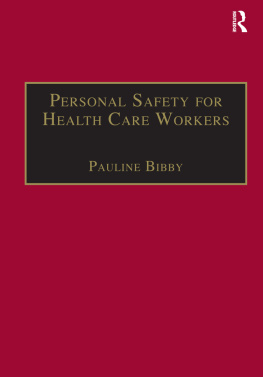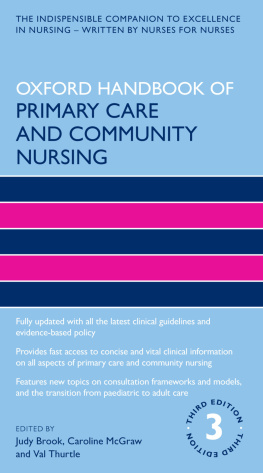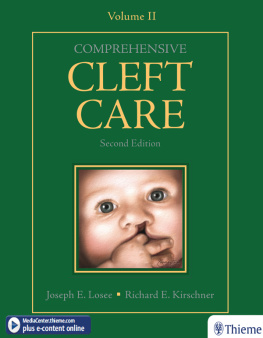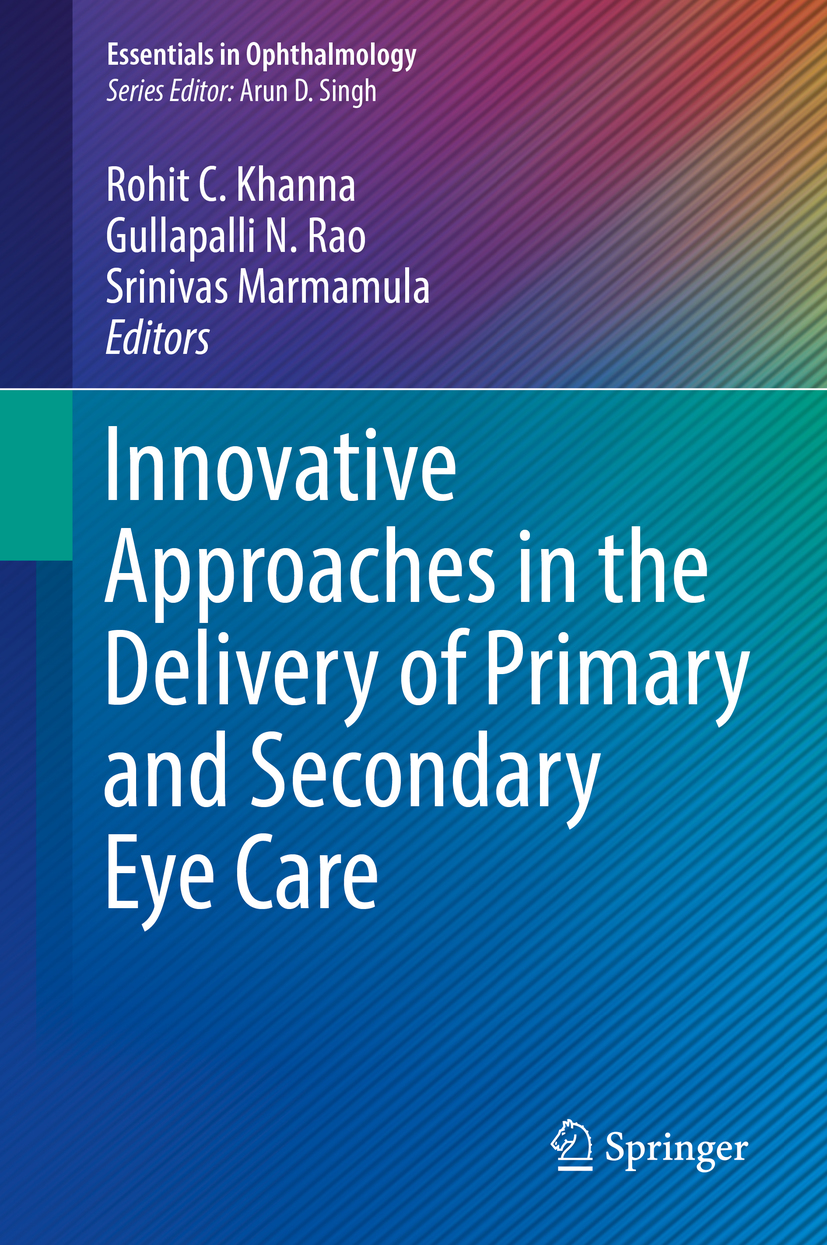Why Do We Need Comprehensive Eye Care?
Recent years have witnessed a major shift in countries approach to the development of improved health services. A health system approach, summarized and evidenced in the WHO World Health Report entitled Health systems: improving performance which was published in the year 2000, became a major milestone in the global efforts of healthcare policy and decision makers to progress towards the provision of universal health coverage through improvements in the six areas of health systems (leadership and governance; human resources; financing of healthcare; essential medicines, technology and consumables; healthcare delivery; and monitoring and evaluation).
How did the global eye care agenda benefit from this development? For several decades, the engagement of governments and international partners in preventing avoidable vision impairment has been growing since late 1990, by establishing the VISION 2020 Global Initiative and by having WHO Member States repeatedly enlisting eye health in the global public health agenda of the World Health Assemblies. By doing so, prevention of avoidable vision impairment was addressed by several World Health Assembly resolutions, including the most recent one adopted in 2013 which endorsed the Universal eye health: a global action plan 20142019 . The eye health action plan was designed from the perspective of health system strengthening in the area of comprehensive eye care services with the ultimate objective to secure universal coverage by essential eye care globally. The issue of comprehensiveness was particularly leveraged, making the opportunity for refinement of eye care service provision applicable for all countries and communities. The intention is to provide a continuum of care, ranging from prevention of eye diseases and their risk factors to the provision of low vision services and rehabilitation. This approach should facilitate actions that progress towards the vision articulated in the eye health action plan of a world in which nobody is needlessly visually impaired, where those with unavoidable vision loss can achieve their full potential, and where there is universal access to comprehensive eye care services.
How can the lasting positive change in eye care services globally be attained? While in the past vertically managed health interventions were routinely used to address major public health concerns in a speedy and focussed manner, for long-term results and to enhance sustainability, integrated approaches have proved to have greater impact. Increasingly, needs assessment and planning for appropriate targeted interventions are done through a detailed examination of all the six areas of a health system, looking into their capacity to support provision of comprehensive equitable eye care and designing strategies and interventions to strengthen needy areas. The newly developed WHO eye care service assessment tool (ECSAT) provides a formulated approach for taking stock of the current eye care service at country level and for identification of gaps and needs. Using the findings from ECSATs and also evidence from population-based surveys such as Rapid Assessment of Avoidable Blindness (RAAB) studies on the prevalence and causes of vision impairment, countries can develop eye health plans that are based upon evidence and which identify achievable focussed priorities.
Along with the health system approach, additional conditions are being taken into account while planning for the provision of eye care services. One of those is the changing pattern of causes of avoidable vision impairment which increasingly drifts towards chronic non-communicable eye conditions associated with ageing. The eye care services will have to adjust, and the capacity to deal with chronic eye conditions such as glaucoma, age-related macular degeneration, and diabetic retinopathy, for instance, will trigger additional demands in all the areas of a health system, including policy development, availability of adequately trained eye care professionals, appropriately equipped eye care facilities, provision of essential medicines, availability of sustainable financing mechanisms, and monitoring mechanisms to assess impact and trends. Two additional eye conditions, cataract as the major cause of blindness globally and uncorrected refractive errors, the major cause of vision impairment globally require intensified action as do the specialized eye care services for children. While experiences in high volume eye care provision in various geographic and socio-economic settings are rapidly growing, the quality of services is critical for the ultimate outcome of eye care interventions. Quality and patient safety are becoming a major concern while planning for eye care service provision at national and district levels. Quality assurance support entails various aspects, and the way to enhance it is to provide adequate support to eye care professionals in their efforts to continuously improve their knowledge and skills, their motivation and desire to dedicate their efforts to their professional growth, to improving results of their eye care establishment and ultimately to contribute to joint improvements at national level. High-quality eye care services are a major public awareness tool as happy patients are the best advocates in their communities to informally advise and encourage others to seek eye care services. Access to services and their geographical coverage have been a major challenge in many communities around the world. While eye care professionals typically establish themselves in major urban areas, rural communities often lack adequate eye care services. Best practices in retention strategies, tested models of eye care service delivery, and mechanisms to support affordability of eye care services need to be further documented and made available to those searching for inspiration and expertise while developing their own eye care services. Experience sharing requires further efforts, ultimately supporting efficient use of available resources and advancing the work and efforts towards universal coverage of integrated comprehensive eye care services in the world.

